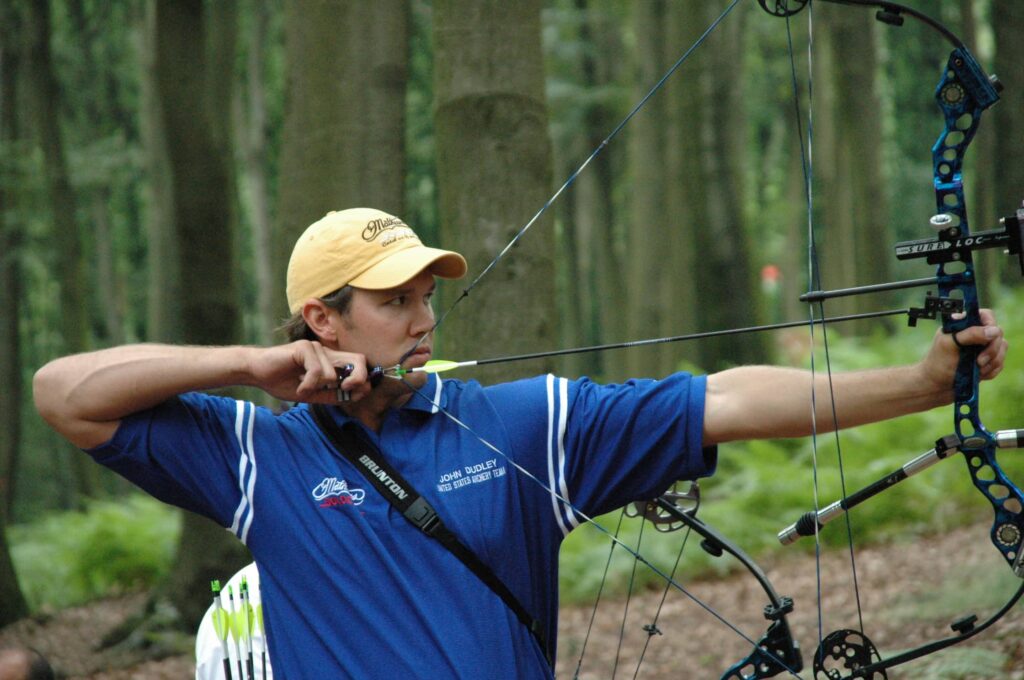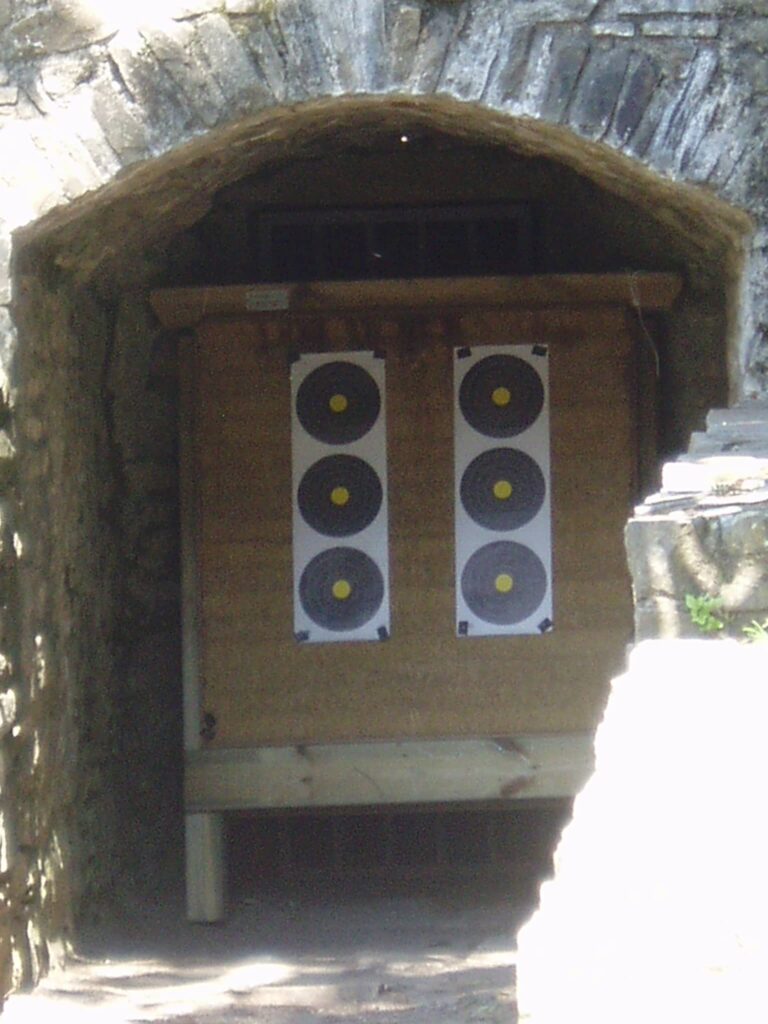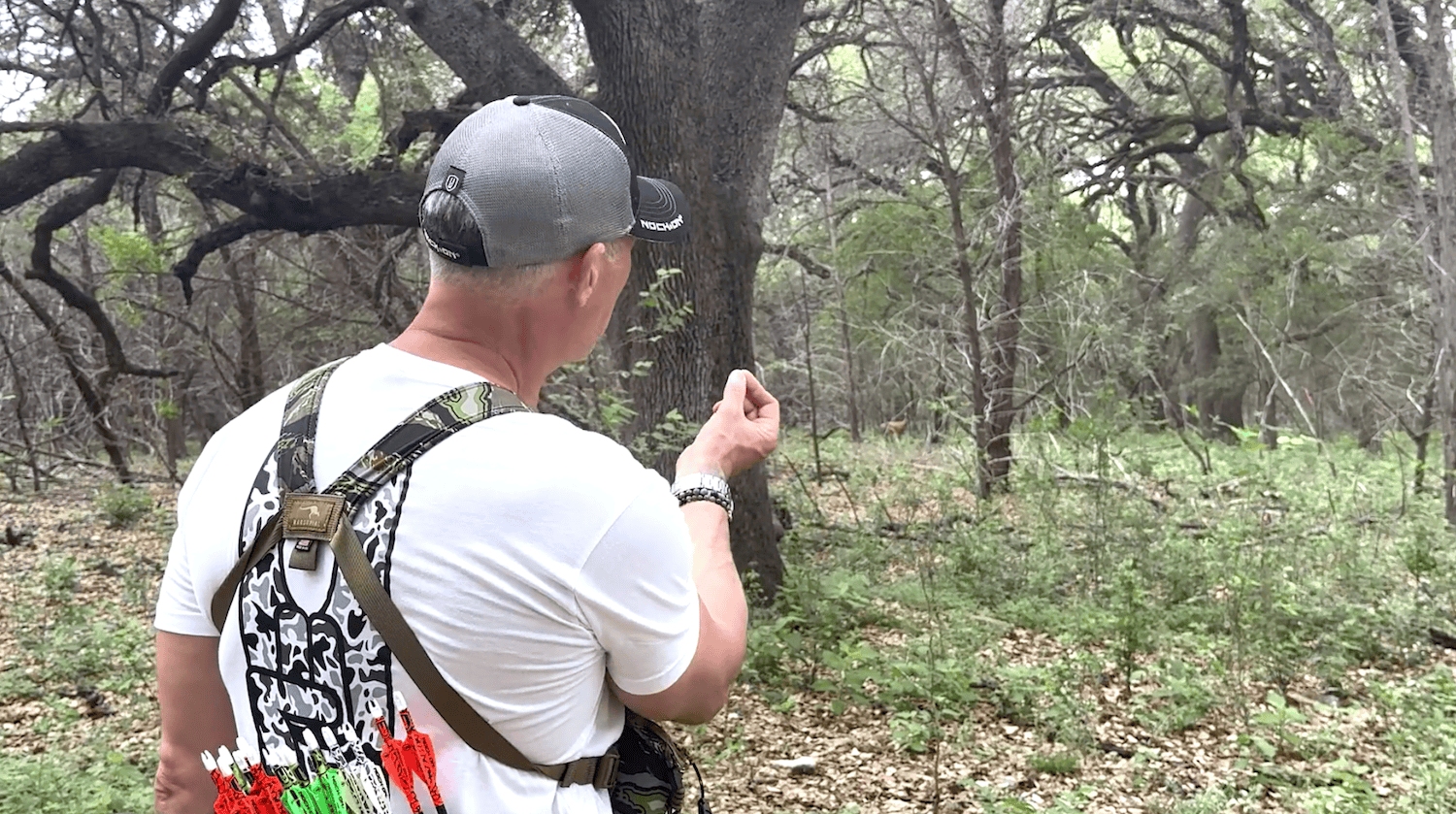Standing at the stake, staring down what looks like a simple shot — we’ve all been there. The target is clear, the range isn’t particularly challenging, and I know the distance. Yet, something still goes wrong. I’ve watched countless archers (myself included) blow seemingly easy shots while nailing the extreme ones.
Why? Because chip shots will kill you every time if you let your mental game slip.
Let me tell you something I’ve learned after decades behind the bow: You never outgrow the fundamentals.
Never.
The moment you think you’re too advanced for the basics is exactly when they’ll humble you. It’s not the 100-yard extreme-angle shots that typically wreck your score — it’s the straightforward 30-yarder you mentally checked off before releasing.
What’s happening in those moments? Your brain lets its guard down. That slight mental relaxation is all it takes to introduce error into your process. Your focus wavers for a split second, and that arrow flies somewhere you never intended.
Top Pin vs. Gold Medal
Out of the hundreds of thousands of arrows I’ve shot in my career, I still remember one “chip shot” very clearly. I was at the World Games in Germany. The World Games was the “Olympics” for the compound bow category. I was on the U.S. Archery Team, having trained nearly 30,000 arrows that season by this point. I made the team, qualified through other world events, and bested most of the best archers of the time to get there. I was flawless through the first rounds of the event and made my way to the last target before the medal matches.

All the hard stuff was behind me — all I had to do was hit this bullseye at the closest target bale of the week. Just 15 steps away. I drew back, took everything for granted, and aimed at the spot. I waited and waited for things to happen. Instead of making the shot, I was waiting on the shot.

Then, after a long time on target, I broke concentration and thought, “I’ve been aiming a long time here; maybe I should cancel the shot OR maybe just wait a little longer.” I debated for a second or two, and then I relaxed on the bow just enough where it let up on me unexpectedly, and I launched an arrow right into the 4-ring. Just like that, I went from flawless to flubbing what would be equal to a six-inch putt in the Masters. I blew it, and after all the years of practicing this chip shot perfectly, I missed it on a world level when I needed it most.
It was “too easy,” and it still haunts me.
“Easy” is a Trap
When you’re at events like the Total Archery Challenge, your mind automatically gears up for those jaw-dropping shots — the ones that make for great social media posts. You know, the 90-yard downhill shot to a bedded elk target with a crosswind.
But here’s the reality: Sometimes the most challenging aspect of these courses isn’t the extreme distance or angle — it’s executing perfect fundamentals on a standard shot.
I recently faced a perfect example of this. The target was a small deer model placed 52 yards down a relatively tight lane. Nothing extraordinary about the distance or the setup, but the execution required absolute precision.
“This should be a slam dunk,” I told myself. But in the past, I’ve botched this shot too many times by simply letting my guard down and not stepping up with the same intensity and focus I’d bring to a more intimidating shot.
Mental Tunnel Vision: The Silent Killer
You can also run into issues on the other end of the spectrum.
When looking down a tighter shooting lane, your brain starts doing something dangerous — it fixates on obstacles instead of opportunities. I call this “tunnel vision,” and it’s remarkably similar to what happens to golfers on a par three with hazards.
Think about it: When a golfer stands at the tee and starts thinking, “Don’t hit the sand trap on the left, don’t go into the water behind the green, don’t slice into those trees on the right,” they’ve already programmed their brain for failure. By focusing on what to avoid, they’re mentally rehearsing exactly the outcome they don’t want.
The same happens in archery. As I assessed that 52-yard shot, I noticed obstructions everywhere. Branches and brush lined both sides of the lane. High. Low. Left. Right. It would be easy to get fixated on those hazards.
“If I favor left, obstructions all the way. If I favor right, also obstructions high and low all the way.”
But here’s where the mental game makes all the difference. When I step up to a target like this, I have to absolutely convince myself that there’s nothing to it. Not in an arrogant way, but in a focused, confident way that eliminates doubt from the equation. I have to focus on the process and not the prize. The only way to get to the middle is to make the quality shot you have practiced when there were no obstacles.
Finding Your Aim Point: The Little Details Matter
What separates consistent archers from occasionally good ones is attention to detail. On that seemingly simple 52-yard shot, I didn’t just look at the target as a whole. I searched for something specific that would tighten my focus and give me a precise reference point.
After careful observation, I noticed something subtle: a small green briar growing up in the foreground that pointed directly at the 10-ring on the target. That’s gold. Instead of a generic “aim at the vital area” approach, I now had a specific, defined aiming point that narrowed my focus.
But finding that perfect reference point requires discipline. I made sure to range multiple spots on the animal to confirm my yardage. I took time to verify through my binoculars that the briar was indeed pointing exactly where I wanted my arrow to impact. These aren’t steps you skip just because a shot seems straightforward.
“I just want to make sure that little thing is pointing right where I want,” I confirmed through my binoculars. “Dang sure is.”
These are the moments where you earn your success. Not with fancy equipment or complicated techniques, but with meticulous attention to the small details that others overlook.
Execution Starts With Confidence
When everything was set — yardage confirmed, aim point identified, mental focus locked in — the execution became simple. Just trust the process. Draw. Anchor. Focus on the point. Execute a clean release.
My arrow flew true, hitting exactly where I intended. Perfect shot. But that result wasn’t accidental or lucky. It came from refusing to take anything for granted, even on a shot that should be “easy.”
When you put in the work mentally and physically, when you refuse to let chip shots kill your game, satisfaction comes from knowing you did everything right, not just from seeing the arrow hit home.
The Takeaway: Respect Every Shot
The next time you’re on the range or in a hunting situation facing what seems like a gimme shot, remember: This is exactly where most archers falter. The fundamentals matter most when you think they matter least.
Here’s your action plan for mastering those chip shots:
- Approach every shot with the same mental intensity, regardless of difficulty.
- Look for specific aiming references that refine your focus.
- Think about what to hit, not what to avoid.
- Verify your ranging with multiple readings.
- Trust your process and execution.
- Visualize the perfect shot before your draw the bow.
I’ve learned this lesson countless times over my career. Whether tournament wins or successful hunts, it all comes back to respecting the chip shots just as much as the challenging ones. Because in the end, it’s not the difficulty of the shot that determines success — it’s the quality of your focus and execution.
Don’t let those chip shots kill your game. They’re not just opportunities to maintain your score — they’re opportunities to prove your mastery of the fundamentals that make everything else possible.






 massmonopoly
massmonopoly